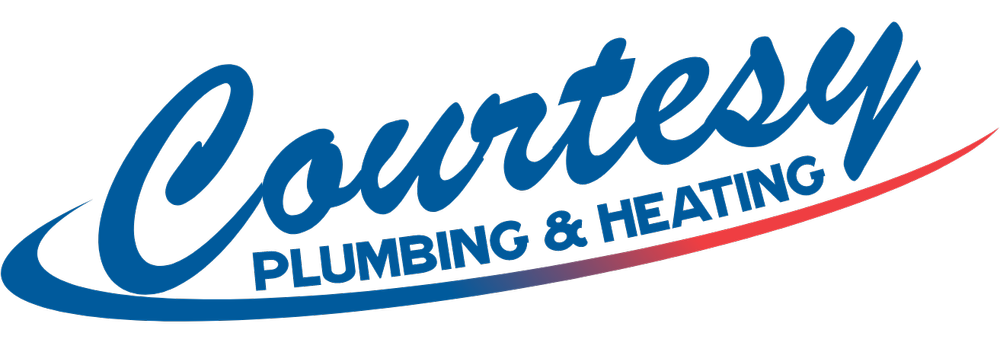Exploring Sewer Liners: Pros and Cons for Your Plumbing Needs
Sewer problems can be a homeowner's nightmare, and traditional repair methods often involve digging up your yard and causing disruption to your daily life. Fortunately, modern technology has provided an alternative solution - sewer liners. In this blog post, we'll delve into what sewer liners are, their benefits, and the potential drawbacks you should be aware of. By the end, you'll have a better understanding of whether sewer liners are the right choice for your plumbing and heating needs.
What Are Sewer Liners?
Sewer liners, also known as trenchless sewer repair or cured-in-place pipe (CIPP) technology, are innovative solutions designed to repair damaged or deteriorating sewer lines without the need for extensive excavation. Instead of the traditional method of replacing the entire pipeline, sewer liners involve the insertion of a flexible, resin-coated tube into the existing pipe. This tube is then inflated, causing the resin to harden and create a seamless, durable "liner" within the old pipe.
Pros of Sewer Liners
Minimal Disruption: One of the most significant advantages of sewer liners is that they require minimal excavation. This means no tearing up your yard, driveway, or landscaping, resulting in reduced mess and inconvenience during the repair process.
Cost-Effective: Traditional sewer line replacement can be expensive due to the labor and materials involved. Sewer liners, on the other hand, are often more cost-effective, saving you money on both the repair and restoration of your property.
Durability: Sewer liners create a strong and long-lasting pipe within your existing one. This method is resistant to corrosion and root intrusion, ensuring your sewer system remains efficient for years to come.
Faster Repair: The installation of sewer liners is generally quicker compared to traditional methods, reducing downtime and allowing you to get back to your daily routine sooner.
Versatility: Sewer liners can be used for various pipe materials, including clay, cast iron, PVC, and more, making them suitable for a wide range of plumbing systems.
Cons of Sewer Liners
Limited Suitability: While sewer liners are effective for many types of damage, they may not be the best solution for severe structural issues or pipes that have collapsed. In such cases, traditional excavation may be necessary.
Initial Cost: Sewer liners can have a higher upfront cost compared to traditional repairs, depending on the extent of the damage and the complexity of the installation.
Technical Expertise: Proper installation of sewer liners requires specialized equipment and trained technicians. Choosing an experienced plumbing and heating company is crucial to ensure the job is done correctly.
Temporary Inconvenience: While the overall process is less disruptive, homeowners may experience some temporary inconveniences, such as limited access to plumbing fixtures during installation.
Conclusion
Sewer liners offer a viable alternative to traditional sewer line repair methods, with their advantages of minimal disruption, cost-effectiveness, durability, and versatility. However, they may not be suitable for all situations, especially those with severe structural damage. To determine if sewer liners are the right choice for your plumbing and heating needs, it's essential to consult with a professional plumbing and heating company. They can assess the extent of the damage and recommend the best solution to keep your sewer system running smoothly for years to come. When executed correctly, sewer liners can be a game-changer in the world of plumbing and heating.

